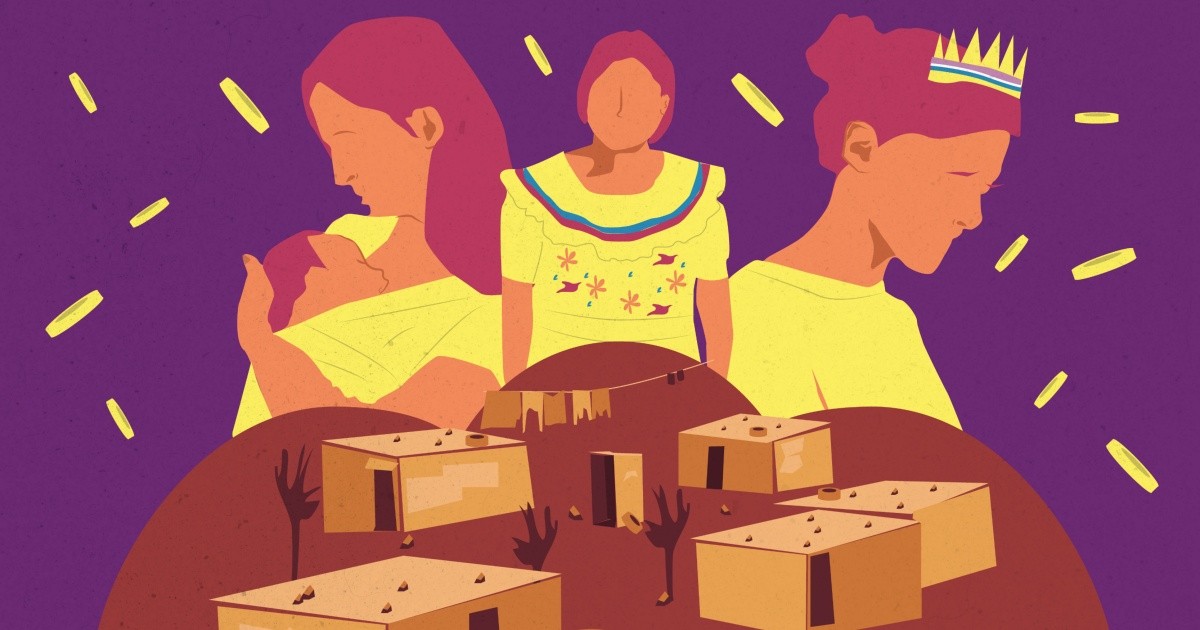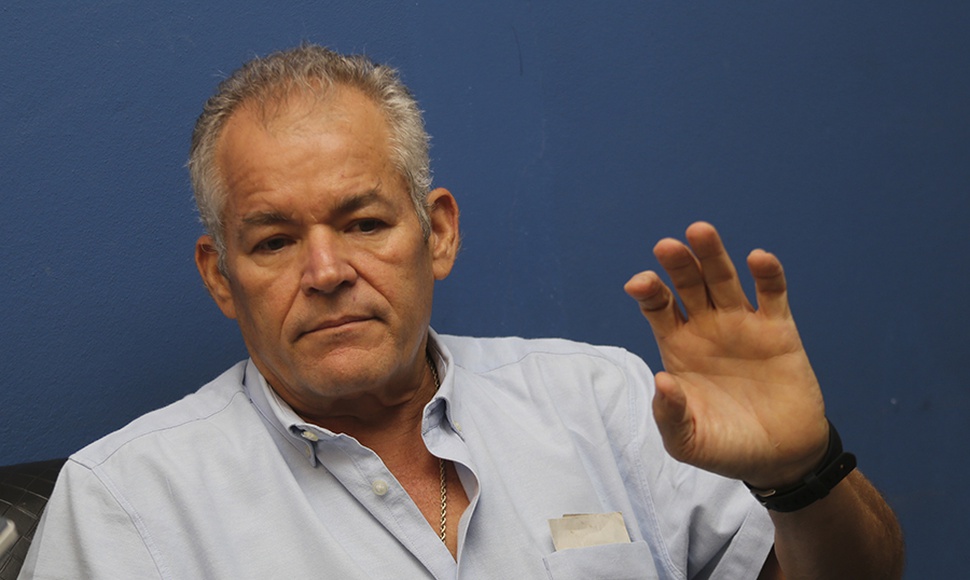Right now there are 4.8 million Mexican men and women who probably haven’t eaten and maybe won’t for the rest of the day. According to figures from the FAO3.7% of the total population in Mexico faces severe food insecurity.
But the food insecurity It does not only contemplate people in a situation of hunger. Living with uncertainty about your ability to feed yourself or having to compromise on the quality or quantity of your food is also food insecurity.
Considering this, the figure for Mexico climbs to 26.1% of the population. This means that 3 out of 10 people have some degree of food insecurity, according to the latest study prepared by the FAOthe UN office for food and agriculture.
Eating properly is increasingly complex for millions of people in the world, especially for the poorest. The covid-19 pandemic and the accompanying economic crisis have deepened the difficulties households face in paying for food and other basic goods and services.
This has had a greater impact on countries with wide inequality gaps and high levels of poverty, which explains why Latin America it is the region with the highest rates of food insecurity only after Africa.
In just two years, from 2019 to 2021, 13 million people in Latin America joined the ranks of hunger, leaving an updated balance of 56.5 million inhabitants who do not consume the nutrients necessary for life. This is 9% of the entire Latin American population.
Latin America now has five consecutive years reversing the progress made in the fight against hunger, increasing the number of hungry people. The recomposition of the labor market and the accelerated inflation that the world is facing have been important factors in this trend.
Hunger and food insecurity are closely related to all educational, cultural, social, demographic and economic indicators. FAO noted in its study The State of Food Security and nutrition in the world 2022, that public policy efforts will have to be extraordinary to reverse this negative trend in public health.
Gender gap deepening
In all regions of the world, the poverty It is higher among women and minors. Not surprisingly, women are more likely to face hunger or food insecurity than men.
At the cut of 2021, figures from the FAO showed that Latin America presents the gender gap broader in terms of food insecurity: 11 percentage points. This is an even larger gap than those in Africa and Asia.
While 45% of the latin women face some degree of uncertainty to feed themselves, this figure drops significantly to 34% if the male population is considered.
In Mexico, the trend is the same: 38 out of 100 women (38.1%) have problems meeting their food needs, while 26 out of 100 men (25.8%) are in this situation.
But why the women are much more exposed to hunger? The income of the female population is significantly lower than that of the male population, especially when women are racialized, indigenous or belong to the community LGBT+.
things get worse
Although it was thought that 2020 would be the most complex year in economic and labor matters, many obstacles are still faced in the post-pandemic recovery era. In the midst of war and trade conflicts, imbalances in the supply-demand of goods and services and a shortage of raw materials, food prices are reaching new highs each time.
The wave of inflation will put pressure on families’ purchasing power for at least another year and a half. That is what experts and institutions project. The food safety of people, especially in countries like Mexico, is significantly compromised.








